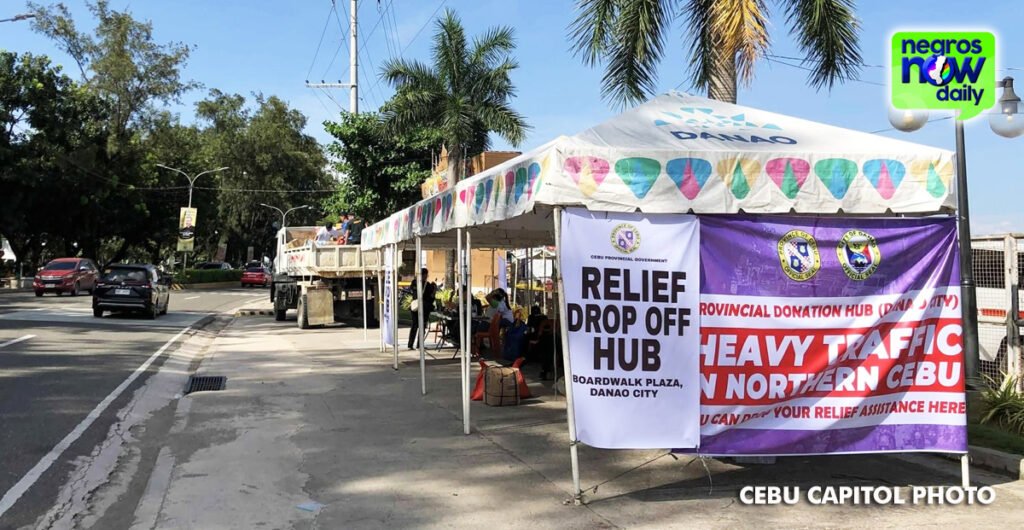In the aftermath of the magnitude 6.9 earthquake that struck Cebu province Sept. 30, the Department of Science and Technology has urged local government units (LGUs) nationwide to adopt advanced disaster preparedness technologies developed by its partner institutions.
Speaking at the close of the Regional Science and Technology Week in Oroquieta City, Misamis Occidental Oct. 3, DOST Secretary Renato Solidum Jr. said earthquakes cannot be predicted but their impacts can be mitigated.
“We already have tools and technologies to assess risks and reduce potential loss of life and property,” he said.
Solidum listed accessible technologies designed to aid LGUs and the public in disaster risk reduction and management.
These include HazardHunterPH, a one-stop platform for multi-hazard assessment that provides data on various natural risks; How Safe is My House?, a mobile application that allows homeowners to self-assess the structural safety of their homes against earthquakes;
GeoRiskPH, a geospatial data system that provides accurate hazard and risk assessments; Project OMEGA (Deterministic Ground Shaking and Earthquake-Induced Landslide Hazard Modeling Using Geophysics, Remote Sensing, and Artificial Intelligence), designed to help citizens better understand their exposure to hazards, such as fault lines, flood zones, and tsunami risks; and REDAS (Rapid Earthquake Damage Assessment System), a software tool for simulating and estimating the potential impacts of earthquakes immediately after they occur.

Meanwhile, the provincial government urged donors Oct. 5 to send their aid through coordinated hubs, instead of proceeding individually to affected areas, amid traffic gridlock leading to northern Cebu.
Those already en route to the north are advised to turn back and drop off their goods at the Provincial Donation Hub established at the Danao City Boardwalk.
Set up by the Danao city government, in partnership with the provincial Capitol, the hub aims to decongest roads and keep them clear for essential services, ensure orderly distribution, and accelerate delivery of aid to quake-hit municipalities.
The Capitol warehouse on M. Velez Street and the Sacred Heart School- Ateneo de Cebu School Gym (General Maxilom Ave. Campus) are also open to accept donations.
Apart from the Capitol warehouse, the Danao hub will also serve as a collection and convergence point for all goods, which will be consolidated and dispatched to the affected towns.
“We discourage small donation drives traveling to the north from Cebu City as it will take approximately 10 hours to reach the affected areas,” a Facebook advisory said. “We urge donors and volunteer groups to coordinate with the Provincial Donation Hub in Danao City instead.” ||




